When you’re creating your patch of paradise, it’s rewarding to sit back and watch your garden grow, but have you thought about how to maintain it? It’s easier than you think.
How to prune flowering perennials
Many gardeners say they don’t know how to prune their plants or are worried about making a mistake, so they simply don’t do it. Most plants, particularly flowering perennials, will respond much better to one good prune each year and a couple of light “dead-heading” trims.
Tip number 1: Don’t be anxious, just jump in and give it a go!
With a little bit of knowledge and time, you’ll get the hang of it – and be rewarded with masses of flowers as well as a neater garden that will live longer and be easier to maintain.
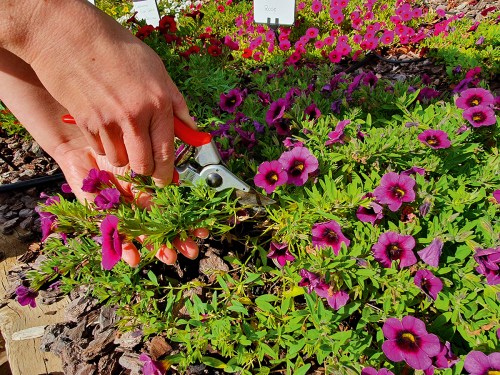

Summer flowering plants vary widely but have much in common. They all put an enormous amount of energy into flowering over spring, summer and into autumn. Over winter they need to hibernate.
It’s tempting to prune them right back when they finish flowering, but hopefully you have left them untouched over winter so they could get through the harsh weather much better and rebound more quickly in spring
By leaving more foliage on your plant (even if it is damaged or tatty), it will give the centre of your plant a small blanket of protection from frost damage. This means that as soon as it starts to warm up your plant will be ready and able to re-shoot.
I recommend a good prune to maintain size and shape in September, then a light trim to remove old flowers during summer and again in autumn.
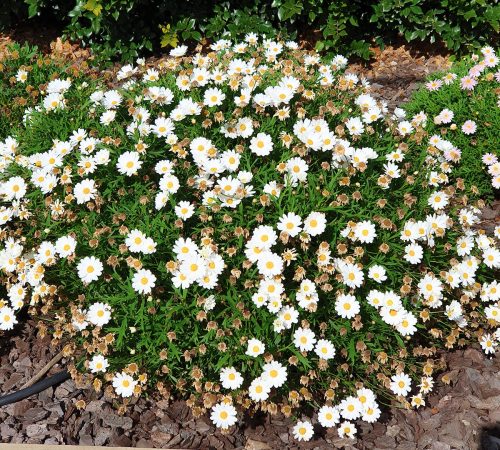
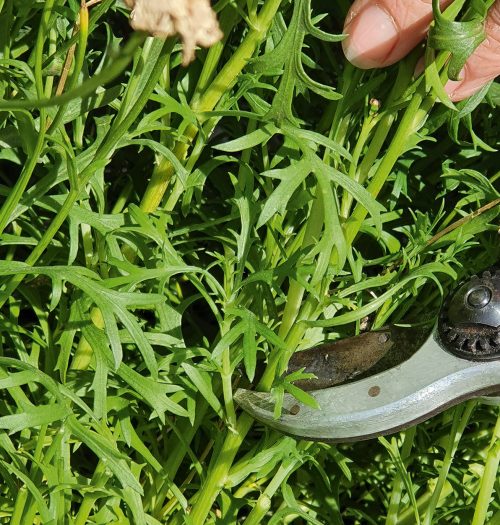
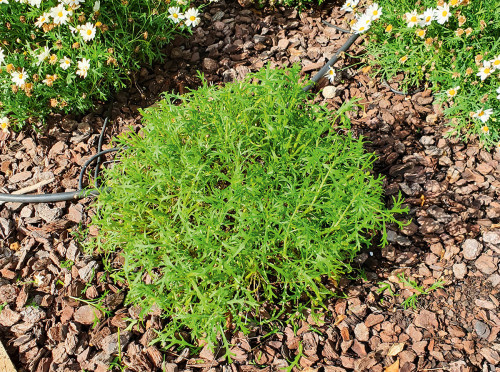
It is best practice to clean your snips with vinegar or rubbing alcohol before you start pruning and after pruning each plant. This will prevent any disease from spreading from plant to plant. You should always store your snips in a dry place and keep them maintained to prevent rust and corrosion.
Now that you’re ready to start, remove any dead branches first then reduce the size of the entire plant to about a third of its size. Make your cuts on a slight angle and just above a leaf node that is shooting in a direction pointing away from the centre of your plant.
Tip number 2: Don’t forget to prune for shape as well as size.
Most people tend to take the top off a plant and forget to remove any branches that are growing in the wrong direction or are too low to the ground. Giving your plant shape will make it more structured and ultimately a nicer looking plant – one which will produce even more flowers.
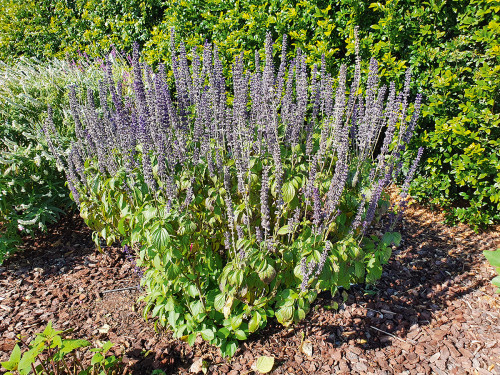
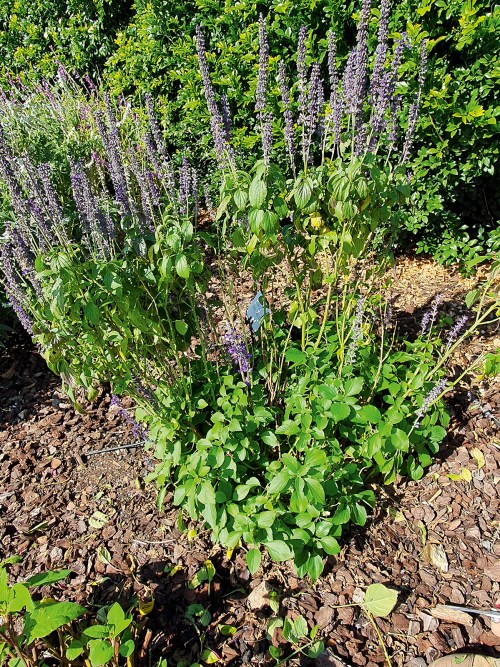
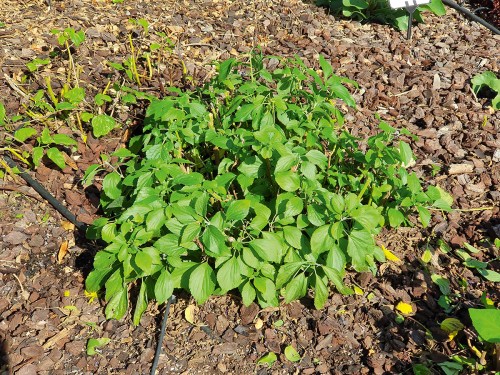
Tip number 3: Fertilise after pruning.
After all your pruning is done it’s best to apply an organic fertiliser so that your plants have enough energy to put on the maximum amount of new growth and flowers. Then give them a good water with a diluted seaweed tonic to boost their pest and disease resistance over spring.
Top up your garden beds with mulch too, so that fewer weeds are competing with your plant for nutrients and the water stays in your soil longer. This will all ensure you get continued and strong flower blooms for months to come.
You can use this pruning advice for many of your flowering plants such as geraniums, salvias, daisies, calibrachoa, mandevillea, gaura, lavender, hebes, cannas, princess lilies, agastache, delphiniums and dahlias.
Happy pruning!
This article first appeared in the Spring 2020 issue of SALIFE Gardens and outdoor living magazine.
including free delivery to your door.



